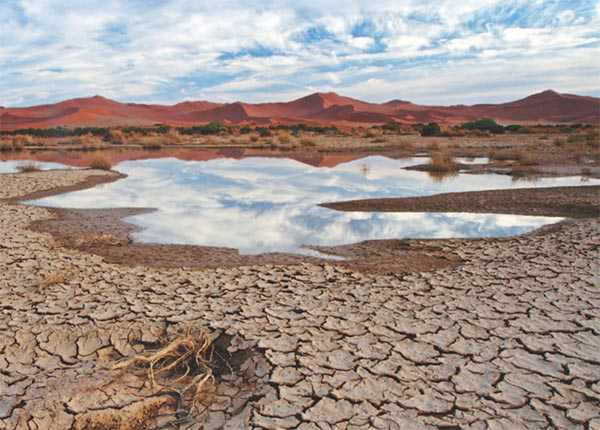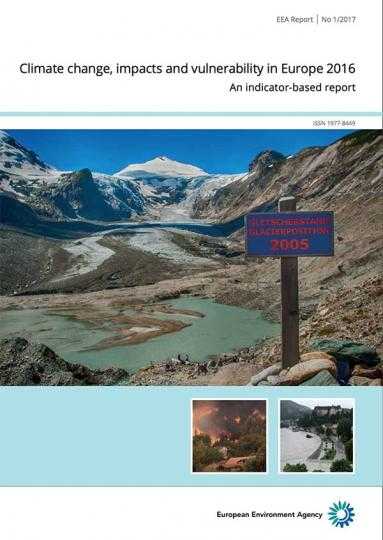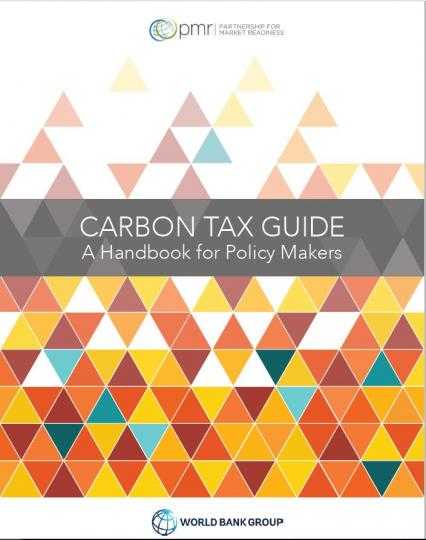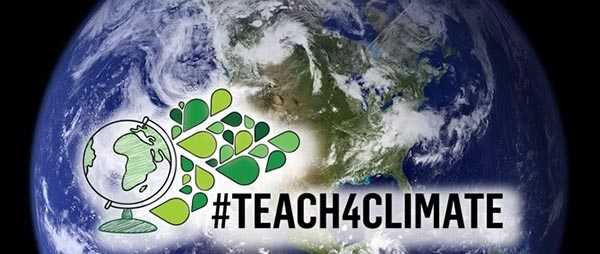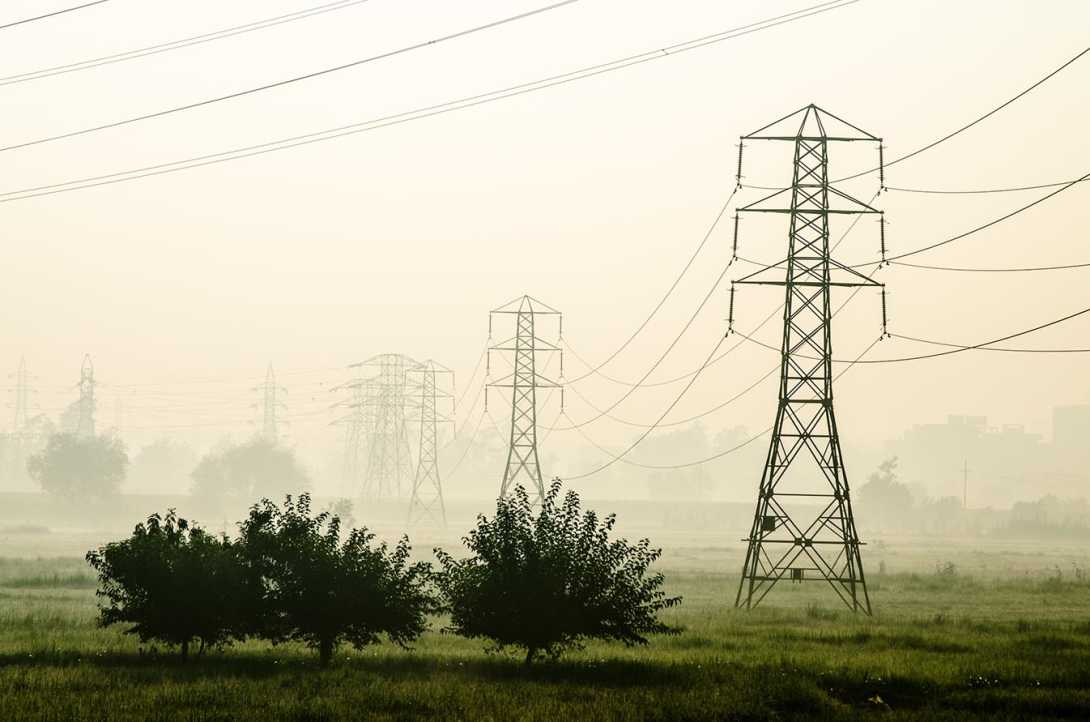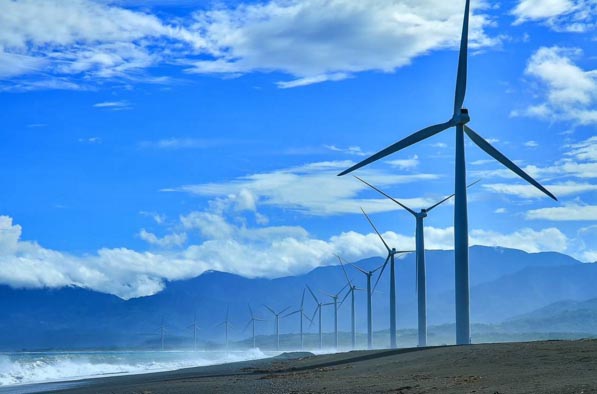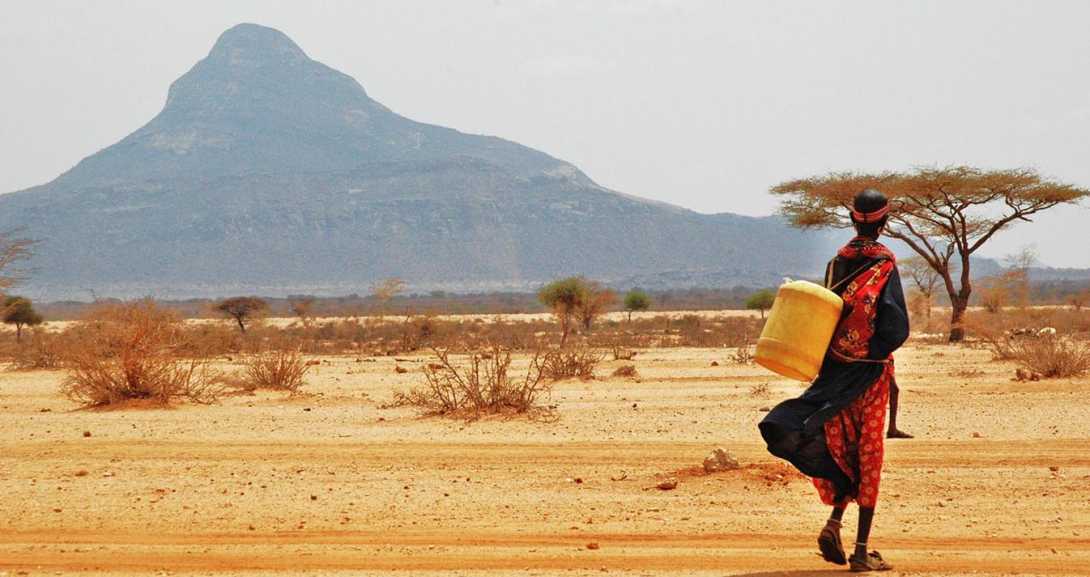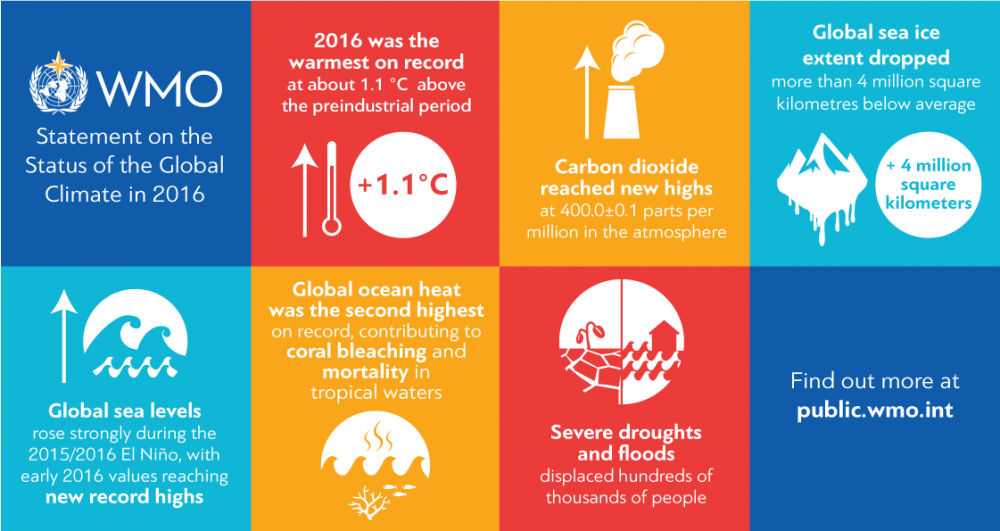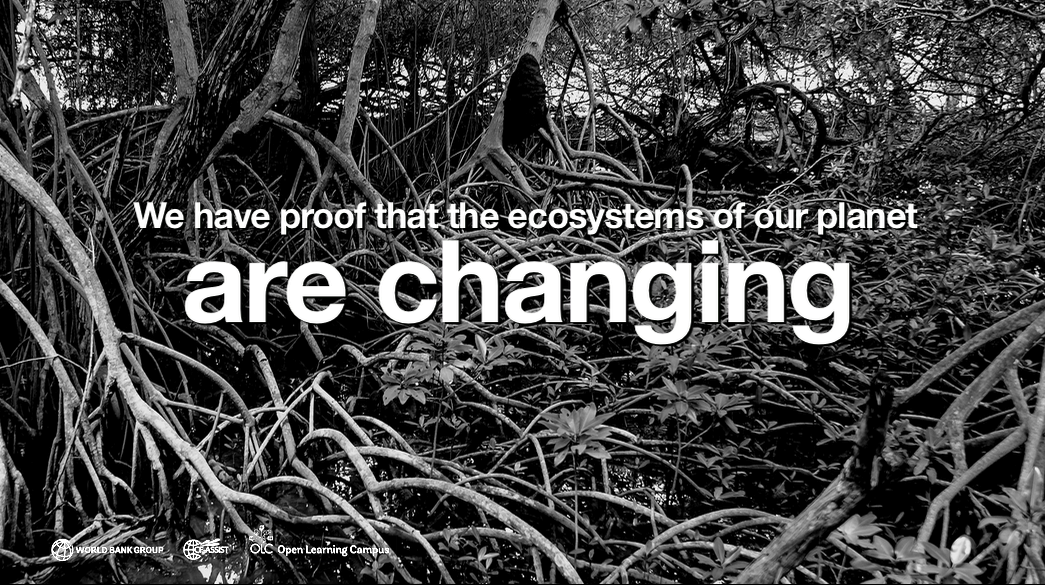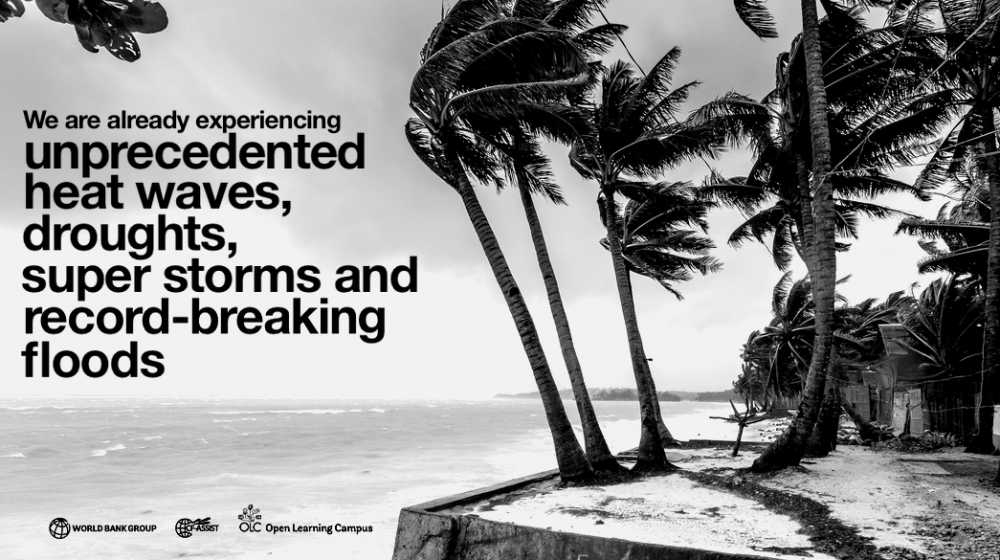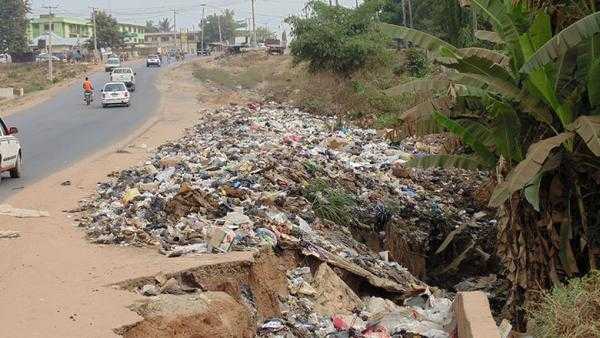
We’re making progress on the sustainable energy goals, but not more speed and scale are needed. Energy efficiency holds enormous promise, but it’s not sexy and it lacks capital. Even with the political paralysis in countries like the U.S., cities around the world are making big gains on sustainable energy. Christiana Figueres is still a rock star who evokes urgency like nobody else. “Swallow the alarm clock. The next 3 to 4 years (on climate action) will determine our future,” she told a packed audience of 1,000 in Brooklyn. And Michael Leibrich knows how to close things out.
"There's a very clear equation we can cement into our brains: More carbon equals more poverty; less carbon equals less poverty," Christiana Figueres said.
We Need to Move Faster
The new 2017 Global Tracking Framework report shows only incremental progress on the Sustainable Energy for All goals. While hundreds of millions of people gained access to clean cooking, electricity and renewable energy from 2012 to 2014, more than 1 billion people overall – one of every 7 people on the planet - are still living in the dark with no access to power. Put simply, the world is not on track to meet key UN Sustainable Development Goals by 2030: universal access to modern energy services and doubling energy efficiency improvements and doubling the share of renewable energy in the global energy mix. “Business, as usual, is not good enough. We need speed and scale,” SEforALL CEO Rachel Kyte said, kicking off the three-day forum.
[video:https://youtu.be/pDQeXxbpGjM]
SEforALL CEO and Special Representative of the UN Secretary-General for Sustainable Energy for All Rachel Kyte explains Sustainable Energy for All Forum to Connect4Climate
Nonetheless, the report was chock-full with pockets of progress, among those: 56 million more Indonesians are now cooking with clean fuel instead of high-polluting kerosene; 90 percent of the population in war-torn Afghanistan now has electricity - much of it solar - up from 50 percent only four years ago; off-grid renewables, driven by plummeting prices for wind and solar PVs, are flipping on the lights for tens of millions in sub-Saharan Africa and Asia.
Loving Energy Efficiency
Energy efficiency was the only area that saw tangible gains in the report, with China, UK, Mexico, Russia, Italy, Australia, and Nigeria all improving their energy intensity by more than 2 percent a year. Overall, global energy intensity improved by 2 percent a year, but that’s still short of the 2.6 percent annual growth rate needed to meet the 2030 goal. Stronger policies are one of the keys to accelerating gains. “If you don’t have strict regulations, it is very difficult,” said Tanya Muller Garcia, Secretary of the Environment in Mexico City, which has instituted tighter efficiency standards in construction regulations. Another key is more creative financing, whether the green bonds that Mexico City is using or tax credits that Quebec is offering for energy-saving renovations. Still, overall financing levels need to grow by a factor of 3 to 6. Kyte’s solution to all this: “Making energy efficiency sexy again.”
Cities Rule
Who needs national governments when cities can solve the world’s sustainability energy challenges? That was the rallying cry of former New York City Mayor Michael Bloomberg and Christiana Figueres who are co-chairing the Covenant of Mayors on Climate & Energy, a coalition of thousands of local and regional governments tackling climate change. “The bottom line is local governments, corporate America, and individuals are the ones (pushing low-carbon action),” Bloomberg said.
"It has become fashionable and profitable to invest in renewables as they are finally starting to pay off. We are going to get more renewable and less fossil fuel and particularly less coal, " Michael Bloomberg stated.
New Announcements
The Microgrid Investment Accelerator, a consortium of partners trying to unlock private capital for energy access, was launched in the morning. It aims to mobilize $50 million of financing, via public-private partnerships, to bring modern energy services to under-served parts of East Africa, India and Indonesia by 2020. Facebook, Microsoft and venture capitalists at Allotrope Partners are among the key players. The South African retail chain Woolworths joined the EP100 campaign aimed at doubling energy productivity by 2020. The Global Environment Facility confirmed its support for SEforAll’s Industrial Energy Efficiency Accelerator, led by UNIDO and the Carbon Trust.
You may be interested in reading this:
